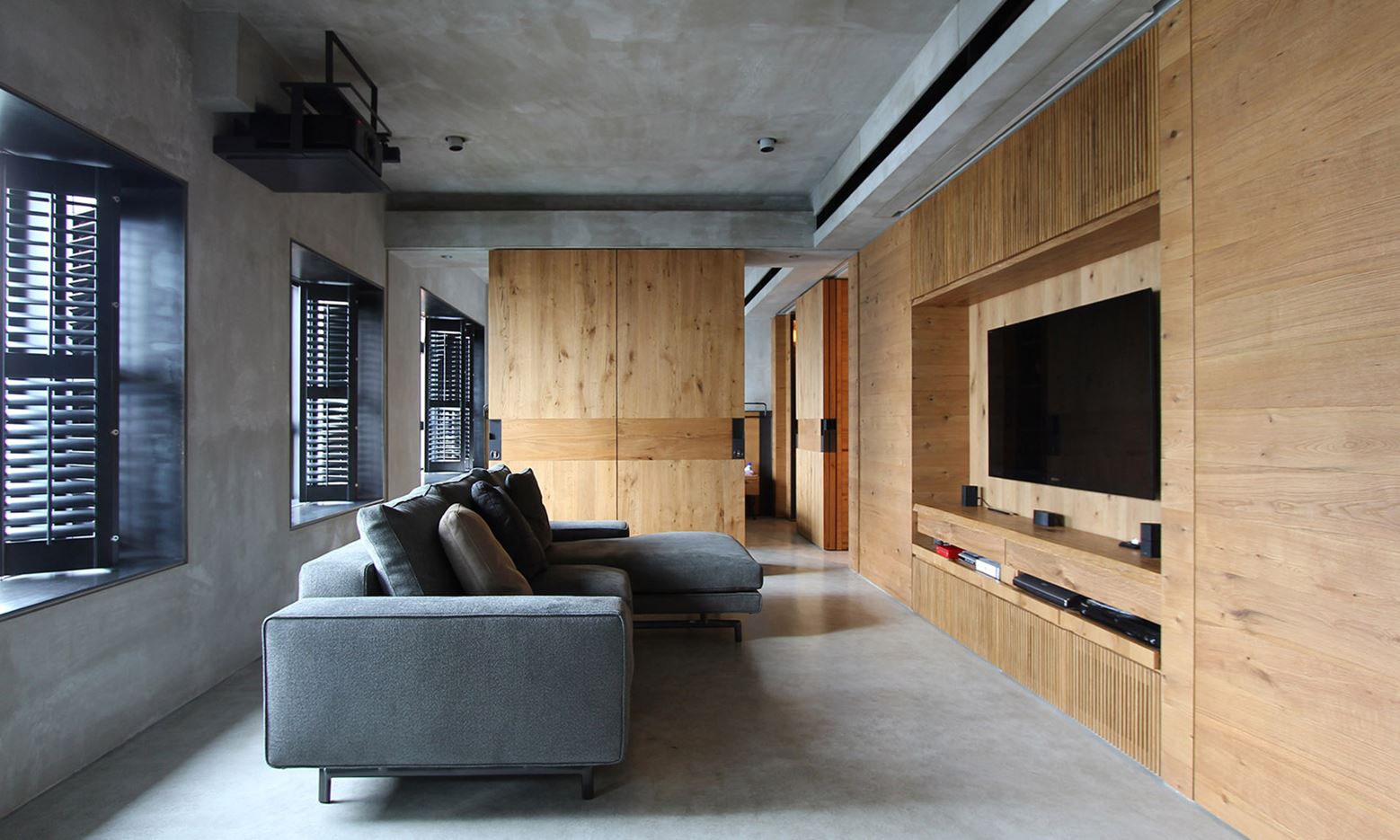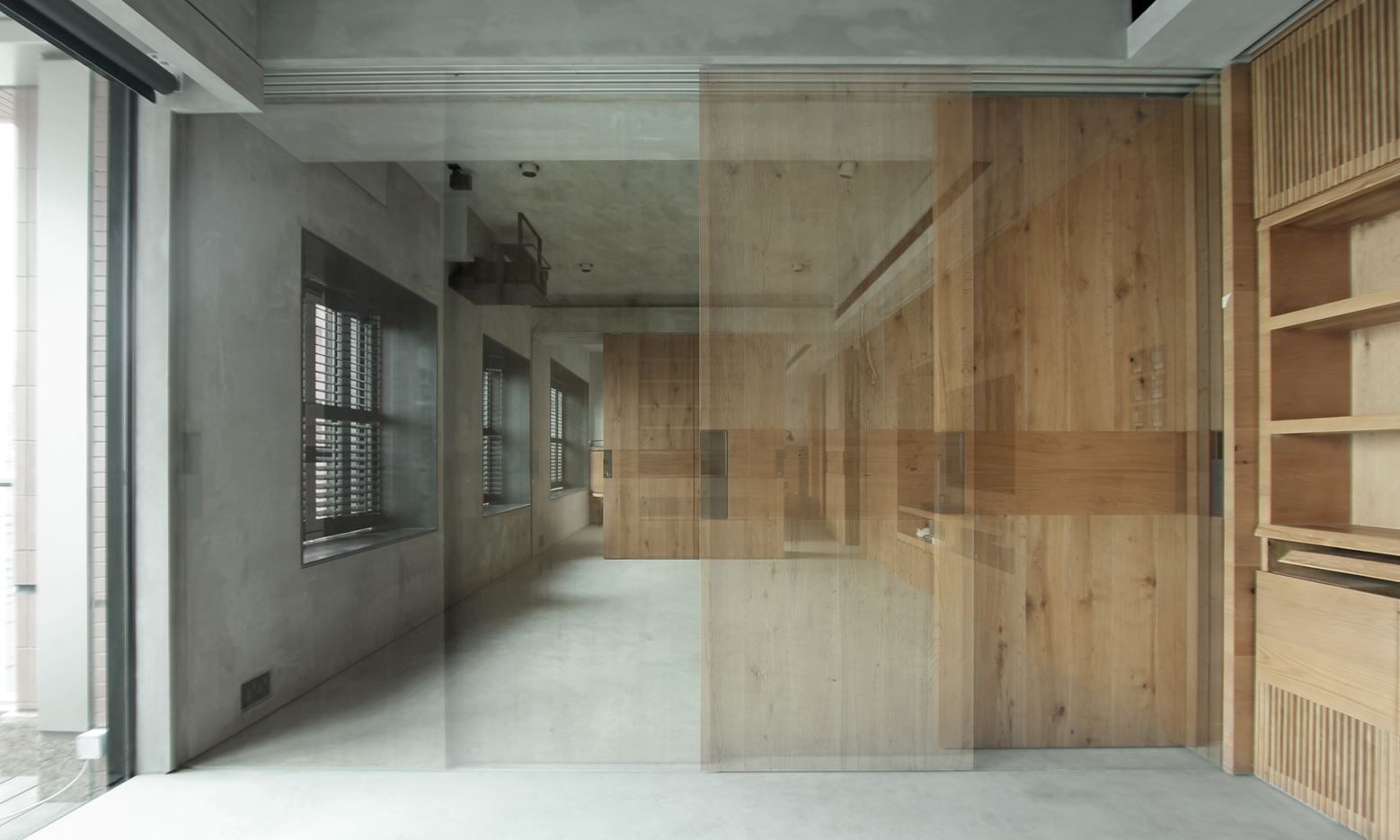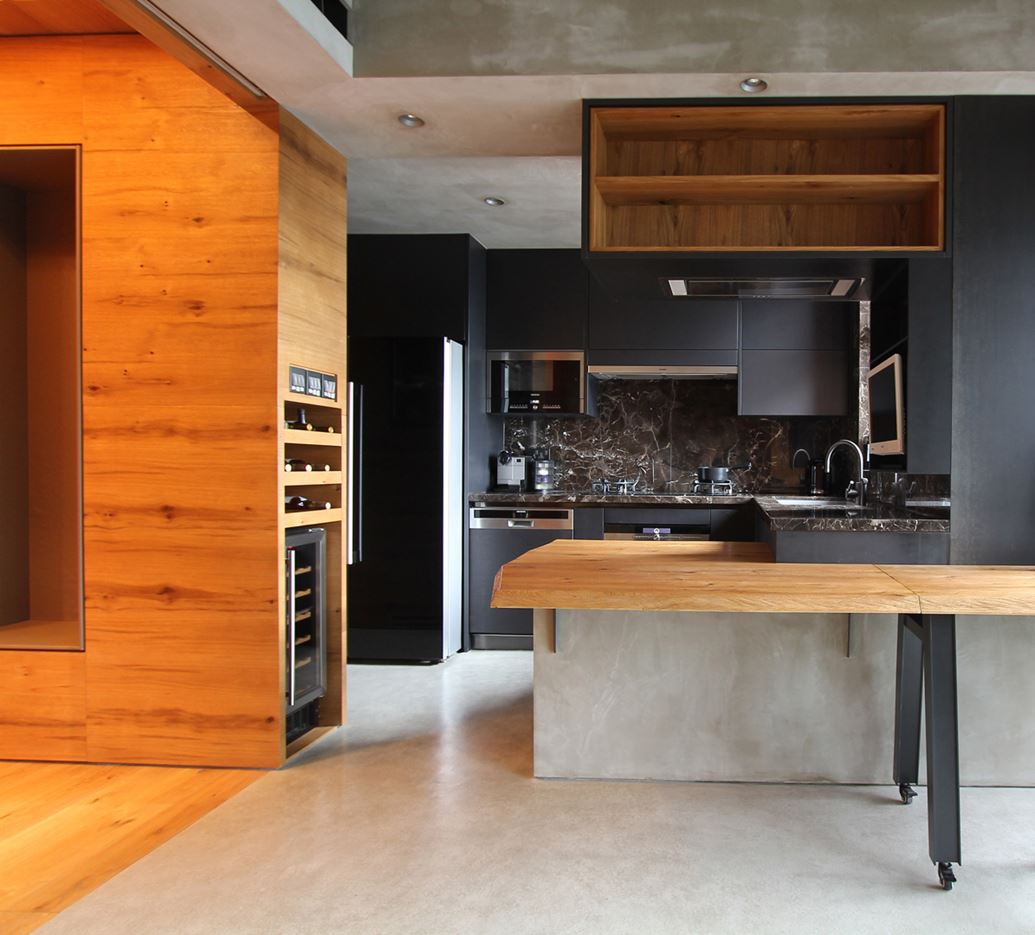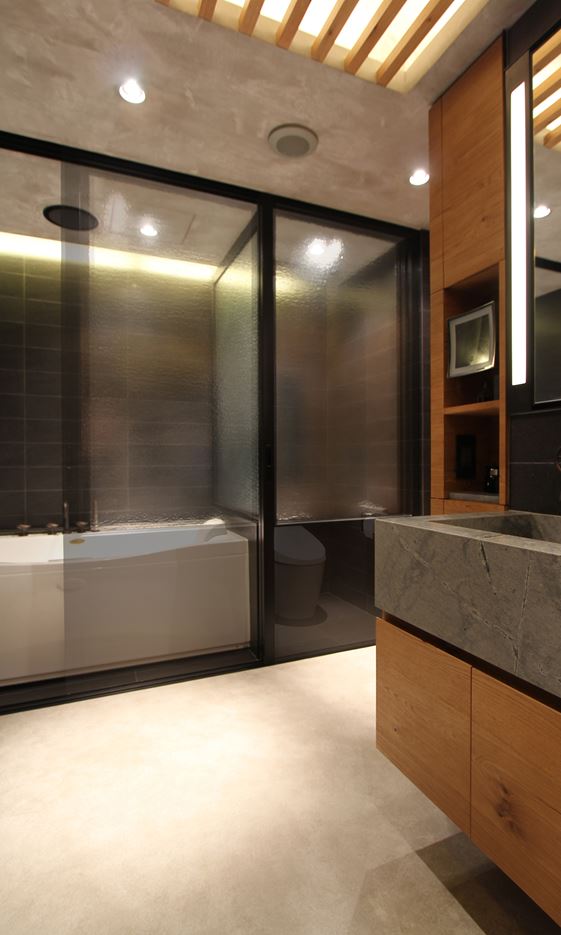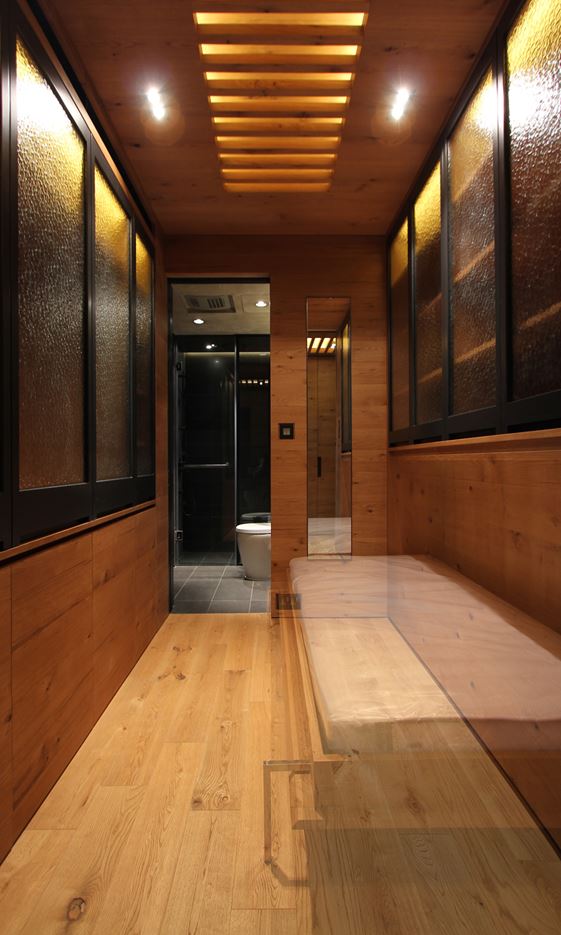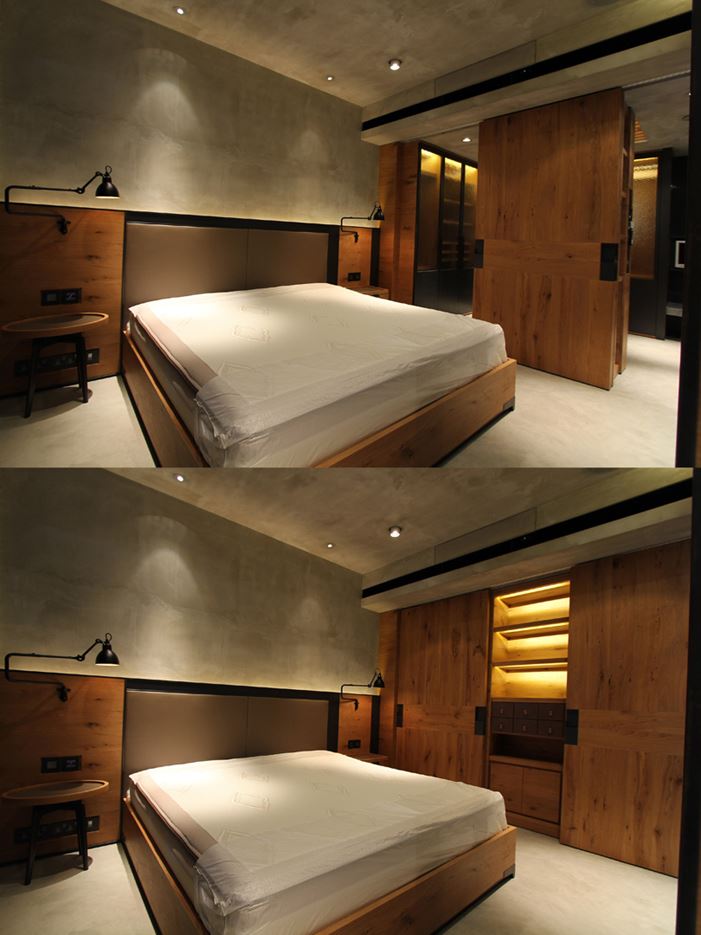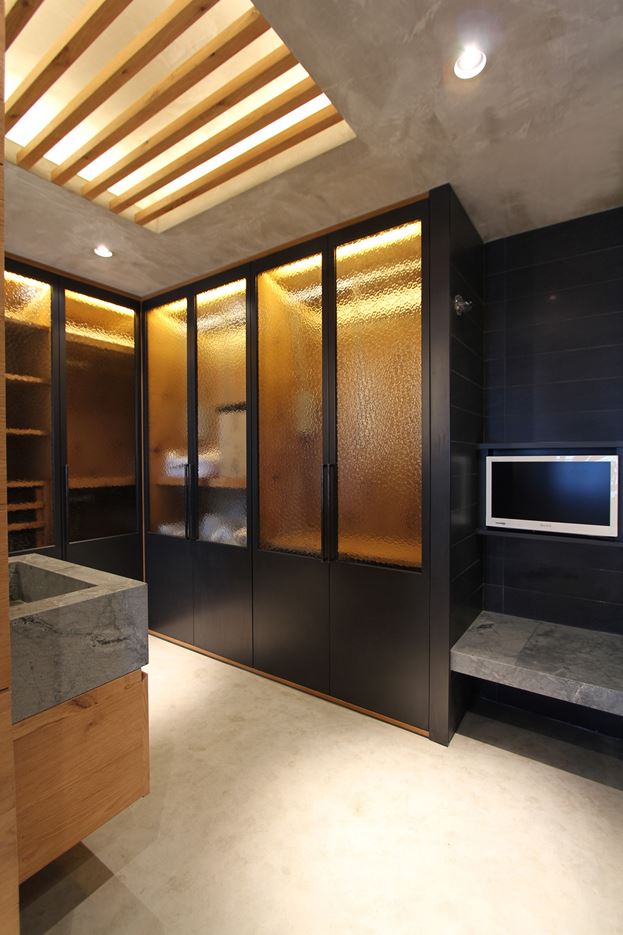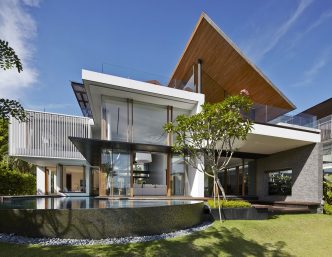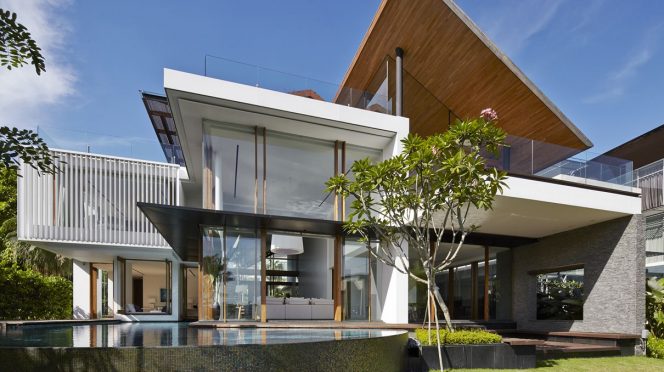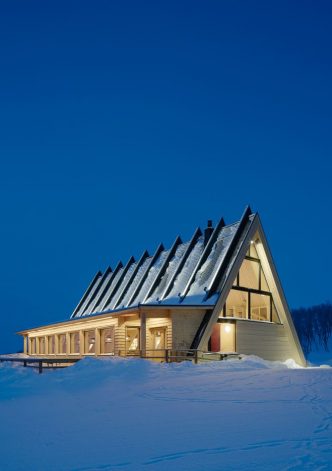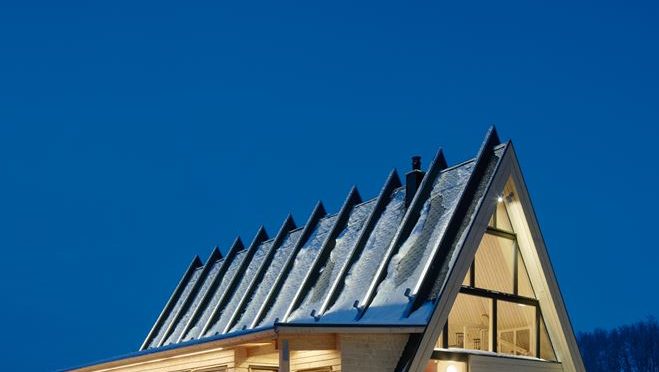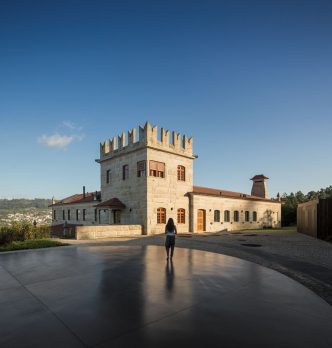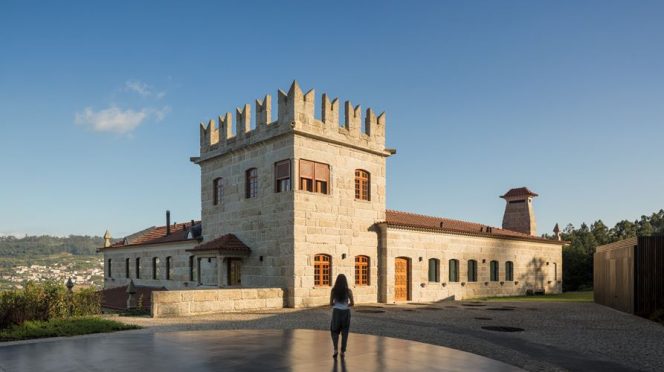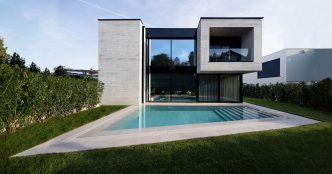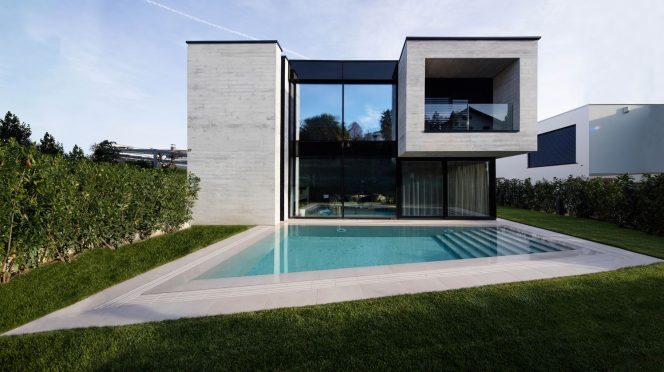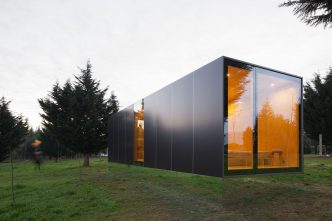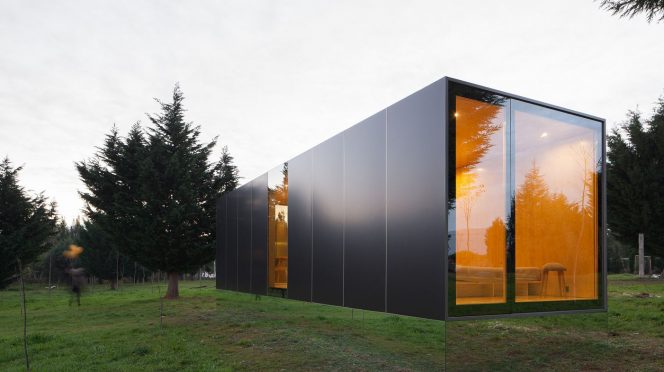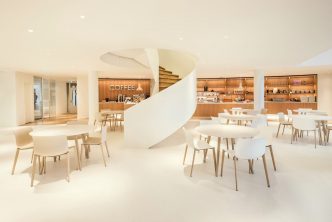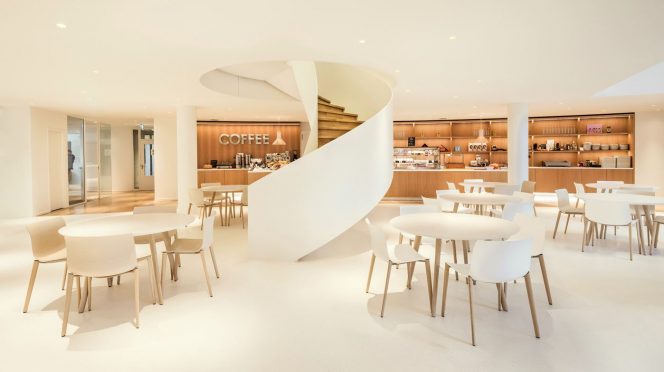Some may regard it subversive when turning a panoramic harbour view apartment into an industrial loft.
This compact apartment on the 70th floor in West Kowloon represents a dramatic and refreshing makeover, changing and re-establishing physical boundaries of the household, challenging the existing totality of the house in both the concepts of openness and privacy. The global phenomenon of compact living has been demanding, especially within the dense local context of Hong Kong. The project pushes spatial potentials in terms of flexibility and customizability under the limited footprint of 88 sq.m., which refuses to compromise solely on such restrained space. Expressing changes in fundamental core values of any household, it is an ultimate example of adaptability and escape from homeostasis.
Based on the core principles of privacy and spontaneity lies the opportunity to attain complete absence of enclosure. A time-based design consolidates the underlying capability of living space, introducing tremendous adaptability to the dwelling within the consistent confinement of physical dimensions. The time-based nature has exaggerated the optimization of space by acclimating various domestic activities of the occupants, namely achieved with: Spatial transformation and Mobility of furniture.
The unity of the dwelling is dynamically transformed into diversified functional spaces with flexible partitions, complimenting occupants’ living routine and pursuing the newfound liberty. The main open living space of the residence could be subdivided into secondary private spaces to accommodate individual demands at will. This consequently spurs the transformation of the apartment into a free and unrestrictive area both physically and metaphysically, as a result of strategically designed and located apertures to the outside world and the inner chambers. Such features fully remove the issues of restrictiveness found in conventional households where each room is dedicated to a specific use only. The transformation is a manifestation of maximal adaptation in minimal space, while balancing openness and privacy.
Mobile furniture maximizes the resilience of viable programs in each functional space, introducing maximal versatility to the activities. As part of the transformation, furniture mobility is crucial in altering the claim of spatial usage where nothing is static. Thus, the design incorporated numerous user-friendly furniture to provide an intuitive experience switching between scenarios. These furniture mesh and synergize well with the overall atmosphere and impression of the apartment; for instance, the recliner or the drawer share a mutual ambiguity in function and the recliner can also transform from sofa to bed at whim.
On top of the time-based design, material choices in the dwelling are also specified to reflect both upon the fundamental appearance of the renewal and the purpose of makeover, favouring organic materials such as bamboo and timber over the confinement of traditional urbanization. Lightning is achieved significantly through natural light based upon the numerous unobstructed apertures of the household, which connotes to the existing atmosphere of liberty and openness.
